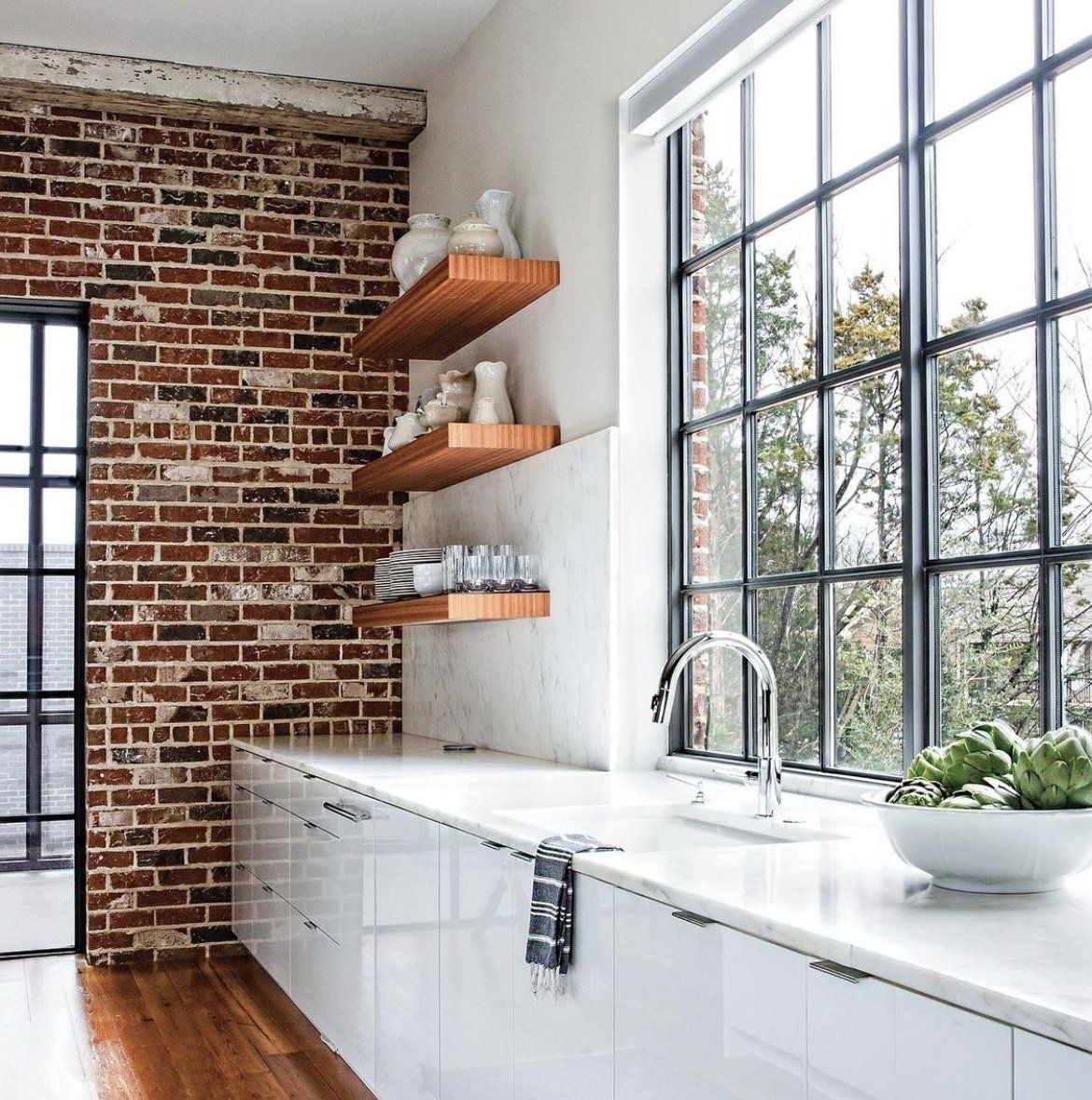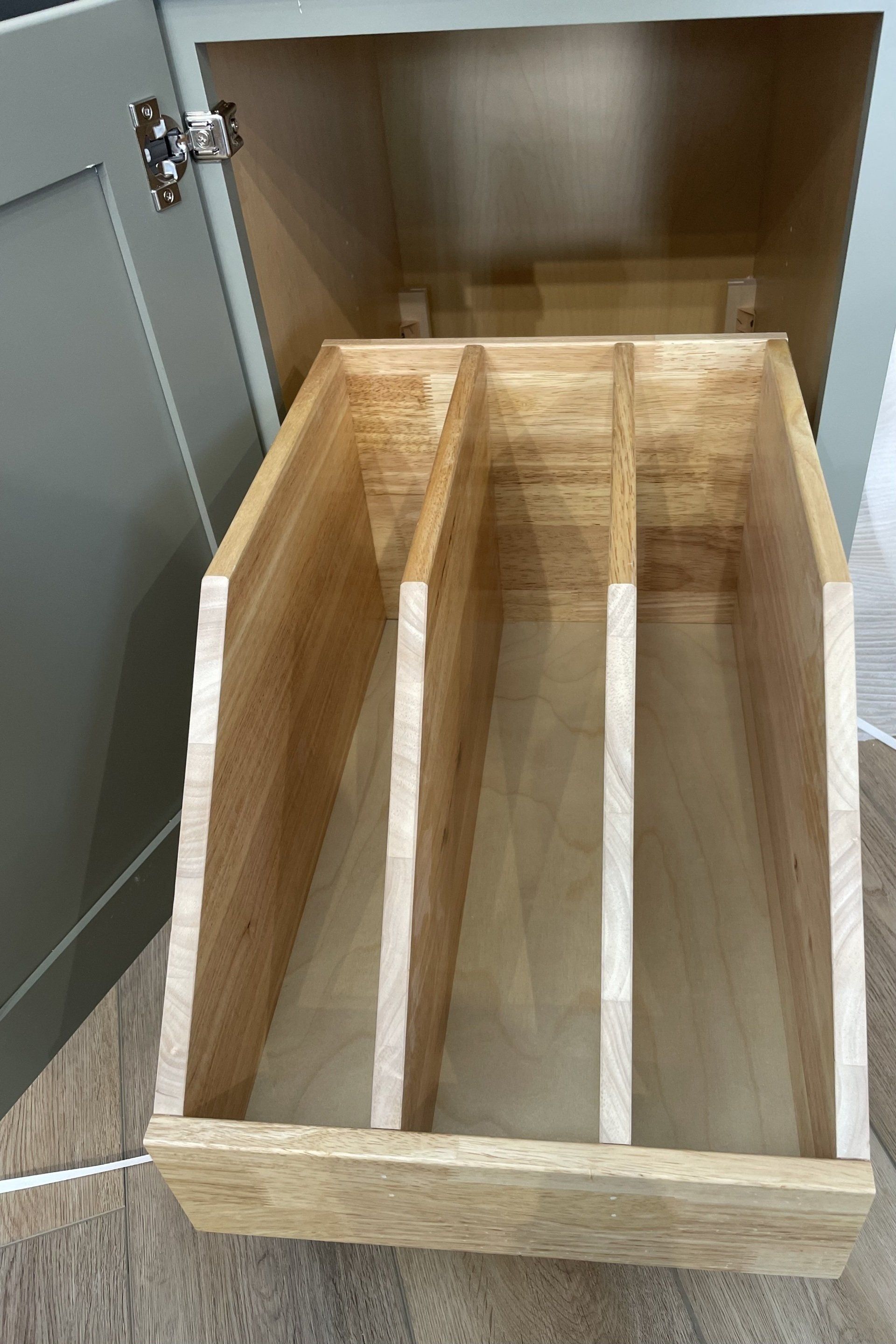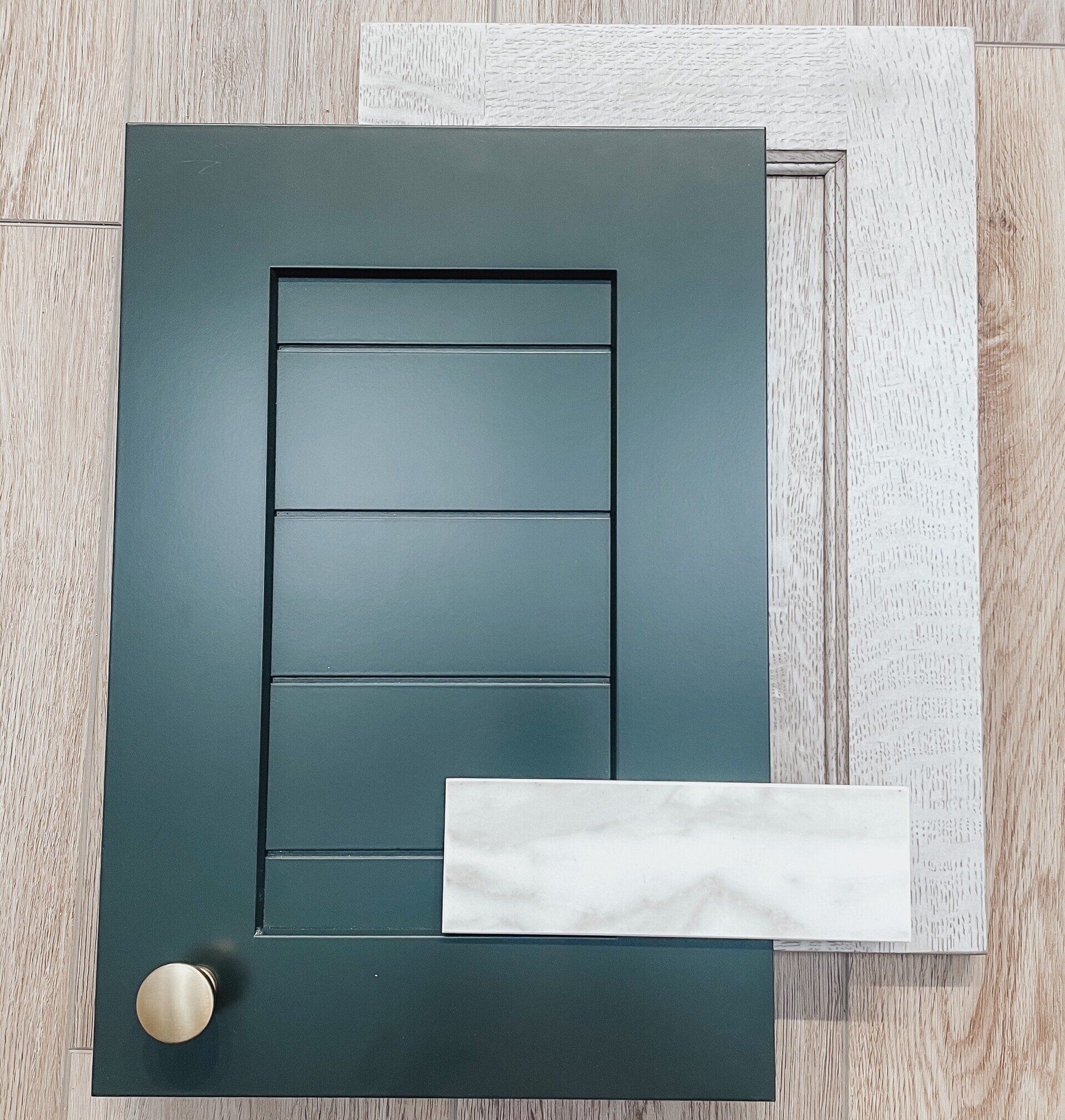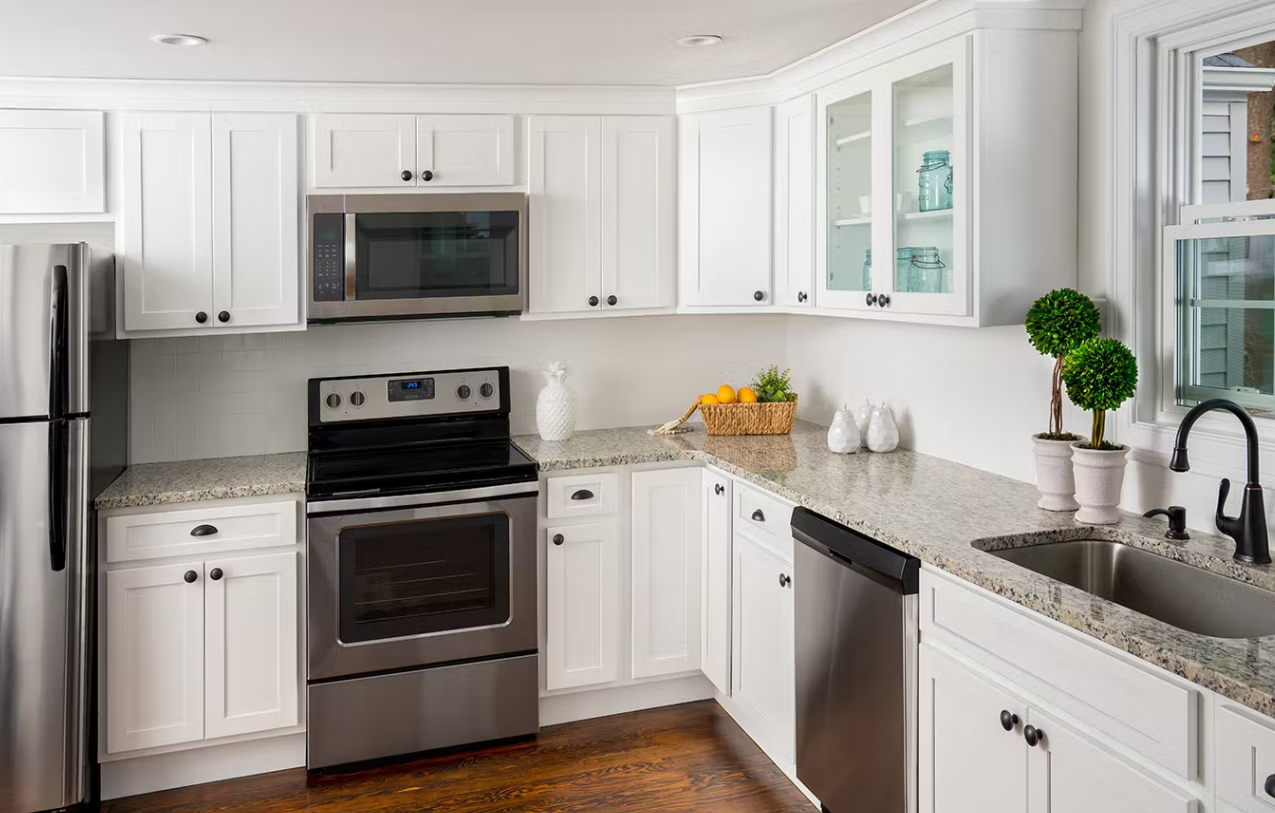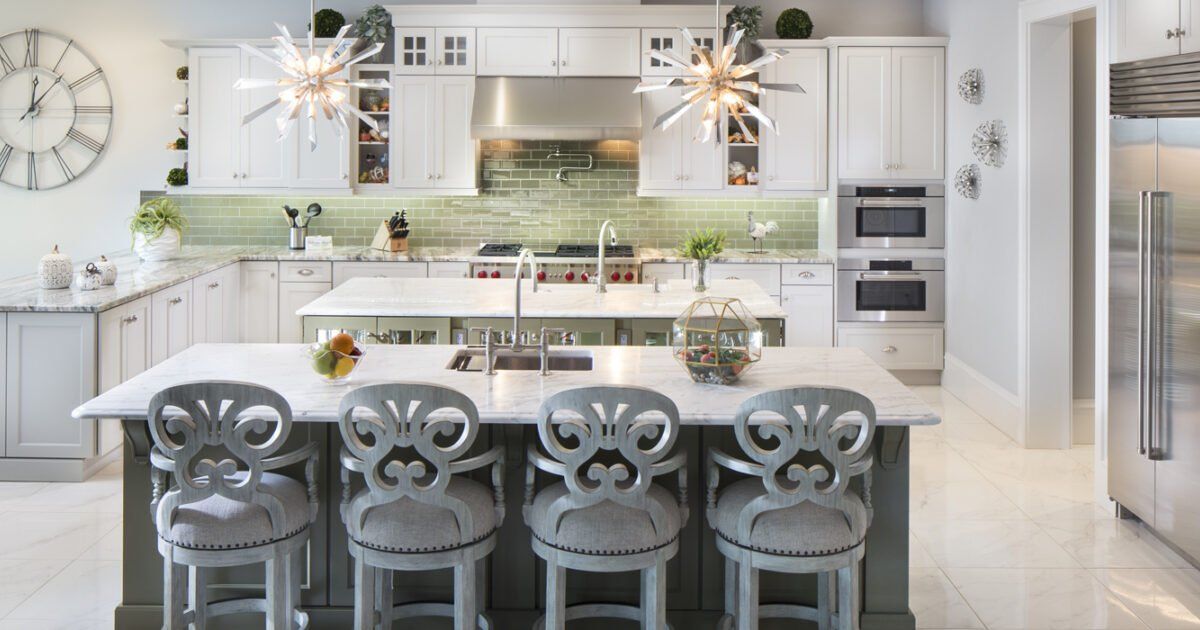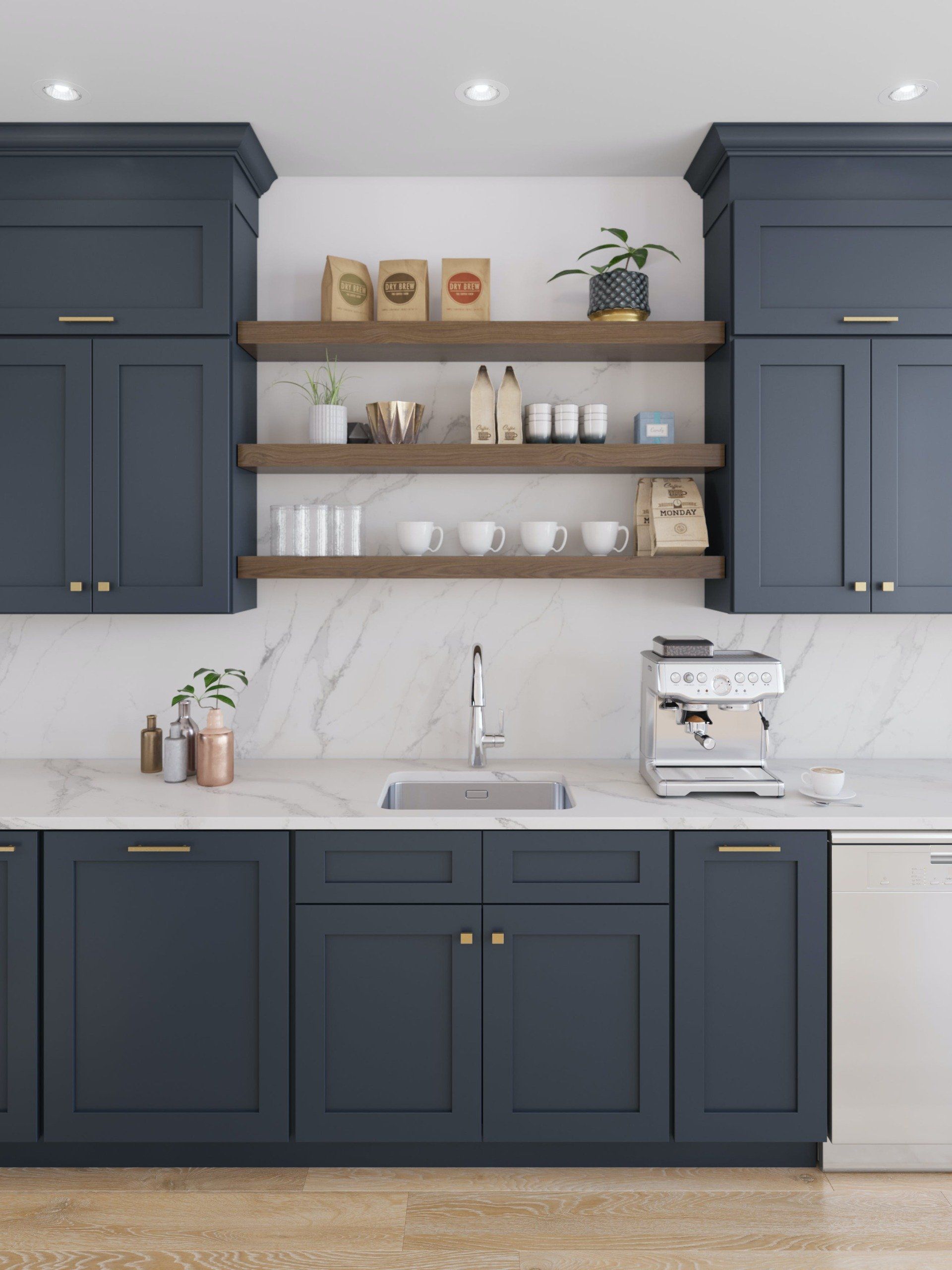HomeCraft Kitchen & Bath Blog
Function First in the Heart of the Home
Function Comes First: Why Thoughtful Kitchen Design Matters More Than Ever
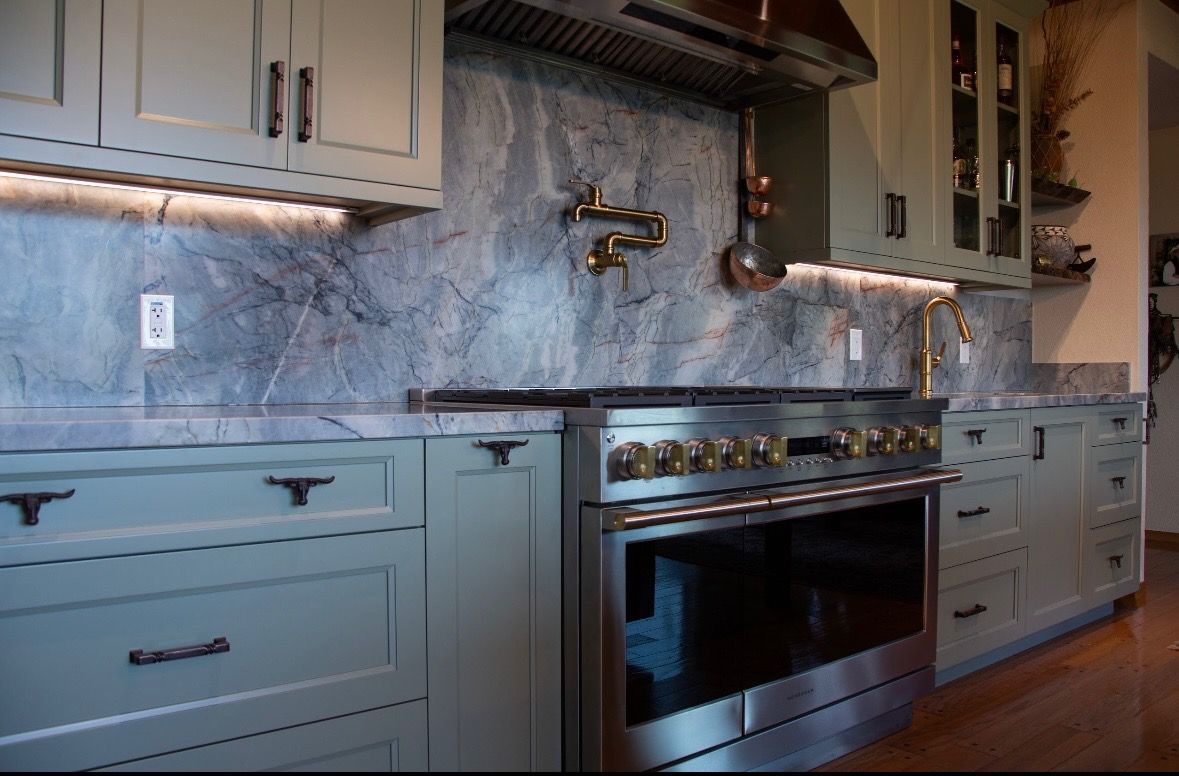
At HomeCraft Kitchen & Bath, we design kitchens that are made to be lived in—not just looked at.
Of course, beautiful countertops, sleek cabinets, and modern appliances are all part of what makes a kitchen feel special. But in our years of working closely with homeowners, we’ve found that what people value most—especially after the dust of a renovation settles—is how well their kitchen actually works.
Why Function Should Drive Every Kitchen Design
A gorgeous kitchen that’s frustrating to cook in, clean, or organize loses its charm pretty quickly. That’s why we believe great design starts with one core principle: function first.
The kitchen has evolved far beyond a space for preparing meals. Today, it’s where we gather, multitask, entertain, and connect as a family. In modern homes, the kitchen is the hub—and it needs to support everything we do in it.
Older design principles like the “kitchen triangle” (sink, stove, refrigerator) were useful when kitchens were small and utilitarian and still have their place. But now, with more open floor plans and flexible lifestyles, we often think in terms of zones—dedicated areas for different tasks. This approach helps reduce unnecessary steps and keeps everything right where you need it.
The 5 Core Kitchen Zones
1. Prep Zone
This is where meals begin—chopping, mixing, measuring, and assembling. Ideally, the prep area sits between the fridge and the range, with 36–48 inches of clear counter space. Nearby drawers should hold prep tools like cutting boards, bowls, and knives, with a trash bin close for quick cleanup. Even small kitchens can benefit from creative solutions like a pull-out cutting board or a butcher block insert.
2. Cooking Zone
This zone includes your range, cooktop, oven, microwave, and everything related to heat. To cook efficiently and safely, you’ll want clear counter space on both sides of your stove, and storage nearby for pots, pans, oils, and utensils. Built-in spice drawers are one of our favorite ways to keep essentials within easy reach.
3. Cleaning Zone
Usually centered around the sink and dishwasher, this area should support everything from food prep cleanup to full dishwashing. Pull-out trash and recycling bins, slide-out under-sink shelves, and a designated spot for cleaning supplies make this zone run smoothly. A tilt-out tray at the sink for sponges is a small upgrade that makes a surprisingly big difference.
4. Consumables Zone
Think food storage: fridge, pantry, and cabinets. This zone should be convenient to the prep area, so you can grab what you need without too much back-and-forth. Even if your kitchen lacks a formal pantry, a well-placed hutch or cabinet can double as dry storage. The key is to store your most-used items within easy reach.
5. Non-Consumables Zone
This zone covers everyday items like dishes, silverware, bakeware, and gadgets. The smartest approach is to store each item close to where you’ll use it—plates near the dishwasher, baking sheets near the oven, utensils near your prep zone. Custom drawer dividers, pull-out trays, and vertical organizers help keep everything in order without cluttering your counters.
Function Looks Different for Everyone
One of the best things about zone-based design is how flexible it is. Every family has unique needs—and your kitchen should reflect that.
Here are just a few “lifestyle zones” we often create for clients:
- Beverage zone – for coffee lovers or wine enthusiasts
- Baking zone – with easy access to mixers, pans, and ingredients
- Kid-friendly zone – stocked with healthy snacks and spill-proof cups
- Drop zone – a designated spot for charging phones, sorting mail, and managing the daily chaos
- Eating zone – whether it’s a breakfast nook or an island with barstools, it’s where conversation happens
Designing for function means building around how you live—not following trends.
The Bottom Line: A Kitchen That Works Feels Better to Live In
When your kitchen is organized around function, everything becomes easier. You spend less time searching for things. Meal prep feels smoother. Cleanup takes less effort. And most importantly, the space becomes more enjoyable to be in—whether you're cooking, entertaining, or just having a cup of coffee.
So if you’re thinking about a kitchen upgrade, ask yourself
"What’s the one thing that would make my kitchen work better for me?"
Maybe it’s reorganizing your drawers. Maybe it’s creating just one zone. Whatever it is, start there. Small changes can lead to a kitchen that doesn’t just look amazing—but makes your everyday life easier, too.

